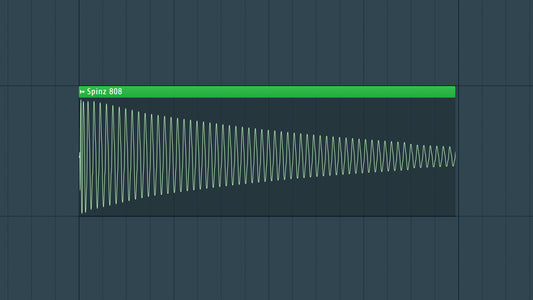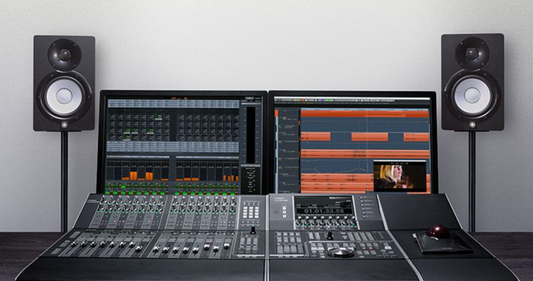Introduction
One of the most important skills I ever learned as a music producer is sound design. I have literally spent thousands of hours learning captivating world of synthesis, a fundamental skill that allows for the creation of unique and expressive sounds. In this beginner's guide, we'll demystify the basics of synthesis, exploring the building blocks of sound and providing a roadmap for your journey into the art of shaping and sculpting sonic landscapes.
CLICK HERE TO DOWNLOAD 20+ FREE SAMPLE PACKS

1. Understanding the Basics of Sound:
The Nature of Sound Waves:
Sound is created by vibrations, and these vibrations travel in waves. In synthesis, understanding the properties of waves is crucial. The two primary waveforms are sine waves (pure and smooth) and square waves (rich in harmonics).
2. Types of Synthesis:
- Subtractive Synthesis:
Subtractive synthesis involves starting with a complex sound and then removing unwanted frequencies using filters. This method is common in analog synthesizers.
- Additive Synthesis:
Additive synthesis builds sound by layering multiple sine waves to create a more complex waveform. It offers precise control over harmonics but can be intricate.
- FM (Frequency Modulation) Synthesis:
FM synthesis modulates the frequency of one waveform with another, creating dynamic and evolving sounds. It's prevalent in genres like electronic and experimental music.
- Wavetable Synthesis:
Wavetable synthesis utilizes a series of pre-recorded waveforms or "tables." Cycling through these tables produces evolving and varied timbres.
3. Navigating the Synthesizer Interface:
- Oscillators:
Oscillators generate the initial sound wave. Experiment with different waveforms and pitches to create a variety of sounds.
- Filters:
Filters shape the frequency content of a sound by attenuating certain frequencies. Common filter types include low-pass, high-pass, and band-pass.
- Envelopes:
Envelopes control how a sound evolves over time. The basic envelope parameters are Attack, Decay, Sustain, and Release (ADSR).
- LFOs (Low-Frequency Oscillators):
LFOs generate waveforms at low frequencies, affecting various parameters over time. They are often used to create modulation effects.
4. Creating Your First Synth Patch:
- Step 1: Select an Oscillator Waveform:
Start by choosing a waveform for your oscillator. Experiment with sine, square, sawtooth, or triangle waves to understand their sonic characteristics.
- Step 2: Adjust the Filter:
Apply a filter to shape the frequency content of the sound. Play with filter cutoff and resonance settings to find the desired tonal qualities.
- Step 3: Set Envelope Parameters:
Define the envelope to control the evolution of your sound. For example, use a quick attack for a sharp attack on a lead sound or a slow attack for a gradual build on a pad.
- Step 4: Introduce Modulation:
Experiment with modulation using LFOs. Assign the LFO to modulate parameters like pitch, filter cutoff, or amplitude for evolving and animated textures.
5. Experimenting with Synthesis:
- Sound Design Challenges:
Challenge yourself with specific sound design tasks, such as recreating a favorite synth sound or experimenting with abstract and unconventional textures.
- Presets vs. Customization:
While presets are handy, don't hesitate to explore the synthesizer's parameters and create your unique sounds. Customization is key to developing your sound identity.
6. Learning Resources and Further Exploration:
- Online Tutorials and Courses:
Numerous online tutorials and courses cover synthesis basics. Platforms like YouTube, Sound on Sound, and educational websites offer valuable insights.
- Synthesizer Manuals:
Don't overlook the importance of reading synthesizer manuals. Understanding your specific synthesizer's features and functions enhances your ability to craft sounds effectively.
CLICK HERE TO DOWNLOAD 20+ FREE SAMPLE PACKS
Conclusion:
Synthesis is an exciting and rewarding aspect of music production that unlocks endless creative possibilities. By grasping the fundamentals of sound waves, exploring various synthesis methods, and getting hands-on with synthesizer interfaces, you'll embark on a sonic journey that will define your unique musical voice. So, dive into the world of synthesis, experiment with different parameters, and let your creativity shape the sounds that define your musical identity. Happy synthesizing!




